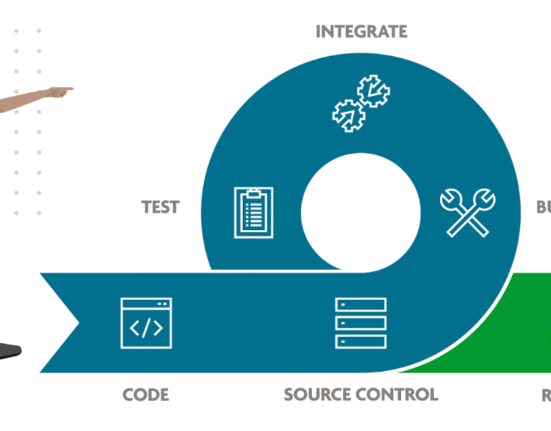Picture this: stepping out of the tanning salon, freshly airbrushed, and catching your reflection. That golden, sun-kissed glow instantly lifts your mood. You feel ready for vacation photos, brunch, or just strutting around town. But then comes the unavoidable thought: “Okay… how long is this going to last?”
This question pops into almost everyone’s mind after a professional airbrush session. How long your tan lasts isn’t just about vanity—it’s about getting the most out of your time, money, and effort. The truth? It depends on several factors: your skin type, prep, aftercare, and even your daily routine. Skip a step, and the glow can vanish faster than expected. Nail them, and it might last longer than you imagined.
How Long Should You Expect Your Tan to Last?
Most professional airbrush tans last 5–7 days, but with the right prep and care, some people see up to 10 days of smooth, even color. That’s a bit longer than booth or at-home sprays, thanks to skilled technicians and stronger, professional-grade DHA solutions.
Here’s a curious detail: the color you see right after your appointment isn’t the final glow. Over 8–12 hours, the DHA continues reacting with your dead skin cells, gradually darkening your tan. Yes, that means it develops while you wait—giving you a little “magic in progress” moment.
Why Airbrush Tanning Works
Airbrush tanning uses DHA (dihydroxyacetone)—a safe sugar molecule that reacts with the proteins in dead skin cells to create a natural-looking tan. No UV, no sunburn, no worries.
Unlike automated spray booths, airbrush tanning is applied by hand. Technicians can reach tricky areas—elbows, knees, ankles—without leaving streaks. Many professional solutions also include skin conditioners to help the color fade evenly.
We’ve all noticed it: elbows and knees fade faster than the rest. Weird, right? It’s totally normal.
Factors That Affect How Long Your Tan Lasts
Two people can leave the salon with the same session and solution—but end up with very different results. Here’s why:
Skin Type
Dry skin sheds faster, so color fades sooner. Well-moisturized skin tends to hold longer. Younger people’s skin renews quicker, which can shorten a tan, while older skin sometimes holds color a bit longer.
Prep
Exfoliation 24–48 hours before a session removes old skin cells that would otherwise shed quickly. Shave 24 hours prior, too. Avoid oil-based lotions, deodorants, or perfumes—they create a barrier and can cause streaks.
Application
The technician’s skill makes a huge difference. Low-quality solutions or rushed applications can result in uneven color and faster fading.
Aftercare
The first shower is crucial. Wait 8–12 hours, use lukewarm water, gentle cleansers, and pat dry. Moisturize daily. Wear loose clothes to avoid friction, and consider postponing intense workouts for 24 hours.
Day-by-Day Glow Guide
- Day 1: Immediate bronzer effect. Color develops over hours. Avoid water or tight clothing.
- Days 2–3: Peak glow. Even, natural, perfect for photos.
- Days 4–7: Subtle fading begins, first in high-friction areas like ankles and wrists. Still healthy-looking.
- Days 8–10: Soft fade. A touch-up can refresh the glow if needed.
Fun fact: most people notice hands and feet fading first. It’s the small betrayals of your tan we’ve all learned to accept.
Tips to Make Your Tan Last Longer
- Moisturize daily: Hydrated skin keeps the tan in place.
- Shower smart: Lukewarm water, short showers, gentle cleansers.
- Minimize chlorine and saltwater: Rinse after swimming if unavoidable.
- Loose clothing: Reduces friction and color loss.
- Wait on heavy workouts: First 24 hours are key.
Even small habits can make a big difference.
How Airbrush Compares to Other Methods
- At-home self-tanners: 3–4 days, streaky.
- Spray booths: Convenient, but fades faster.
- UV tanning: Longer-lasting but comes with serious skin risks.
Professional airbrush tanning is safer, natural, and longer-lasting for most people.
FAQs
Q1: Can I shower every day with an airbrush tan?
Yes! Daily showers are fine if you keep them short and lukewarm. Avoid harsh soaps or scrubbing, and moisturize immediately after to help your tan last longer.
Q2: Can I swim with an airbrush spray tan?
Yes, but chlorine or saltwater can fade your tan faster. Rinse with fresh water right after swimming and gently pat dry. Applying a waterproof barrier to hands, feet, or sensitive areas can also protect your color.
Q3: How often should I maintain my airbrush tan?
For best results, schedule touch-ups every 7–10 days. Costs vary by salon, typically $40–$80 per session. Regular maintenance keeps your glow even and prevents patchy fading.
Q4: Why does my airbrush tan fade unevenly?
Uneven fading usually happens on high-friction areas like elbows, knees, or feet. Dry skin and skipping daily moisturization can also cause streaking. Exfoliate before your session and moisturize daily to ensure an even, long-lasting tan.
Bottom Line
Airbrush tans aren’t permanent, but they’re safe, natural, and surprisingly long-lasting when prepped and cared for properly. With exfoliation, skilled application, and daily aftercare, a standard 5–7 day tan can extend to 10 days of smooth, golden color.
A little planning goes a long way. Follow these steps, and your glow can become a regular confidence booster—without harmful UV exposure. Because let’s face it: who doesn’t want a little sun-kissed magic without the sun?
Visit: Pure Magazine








